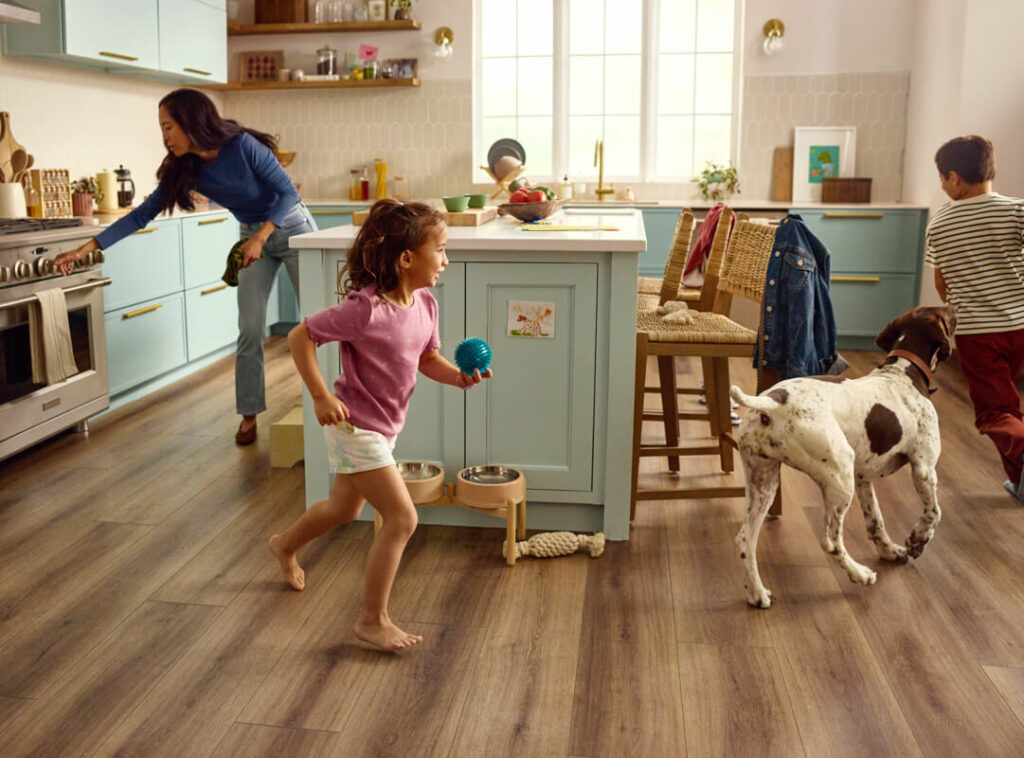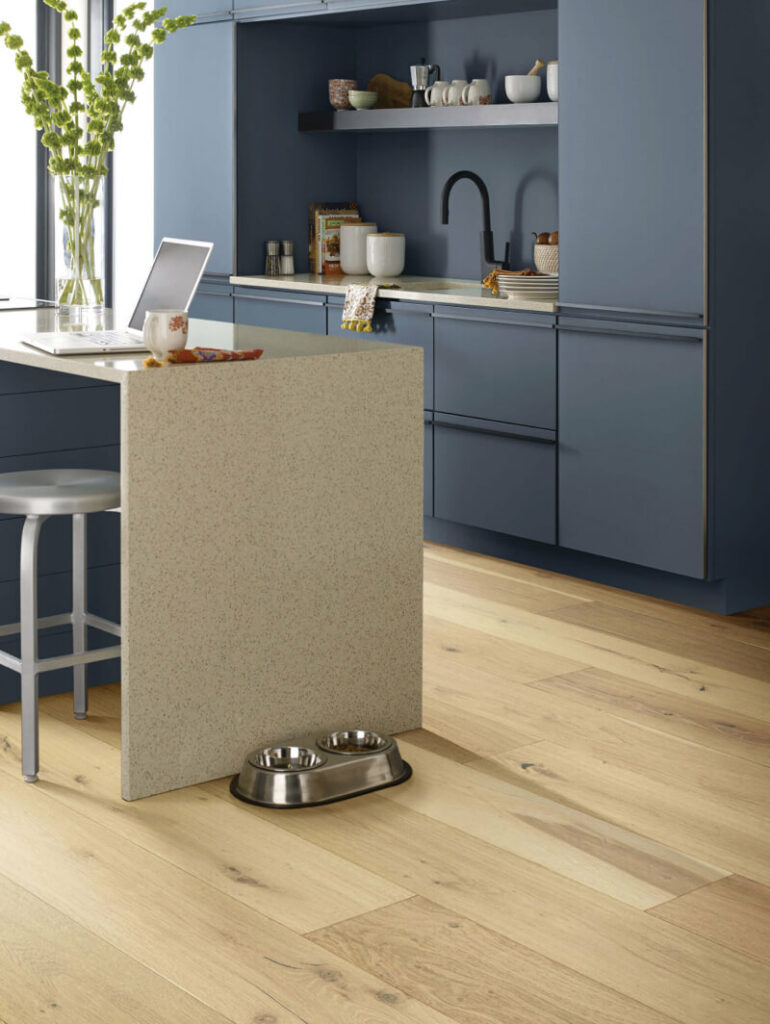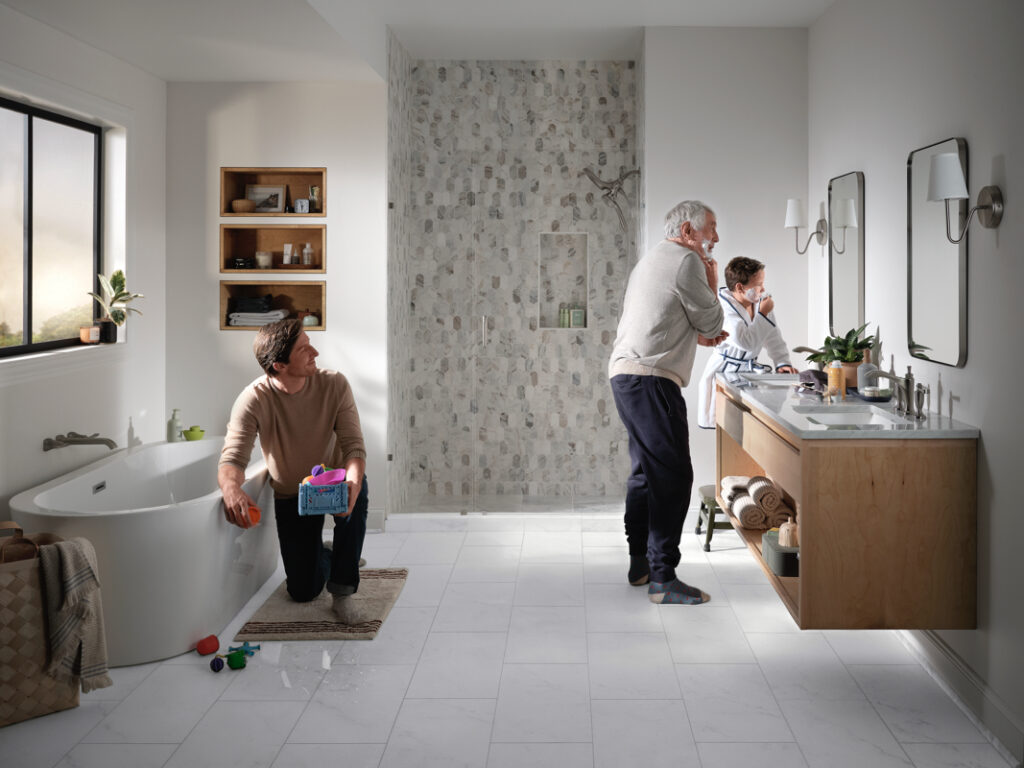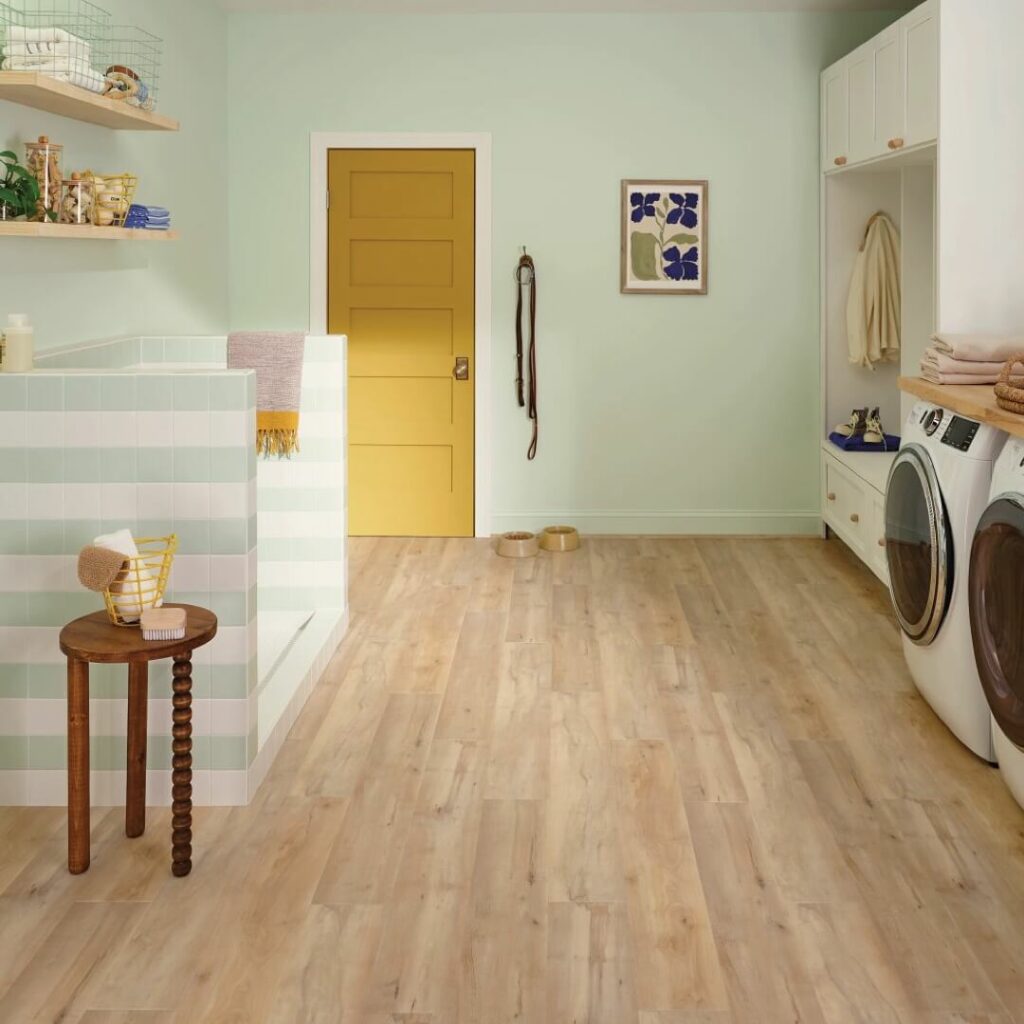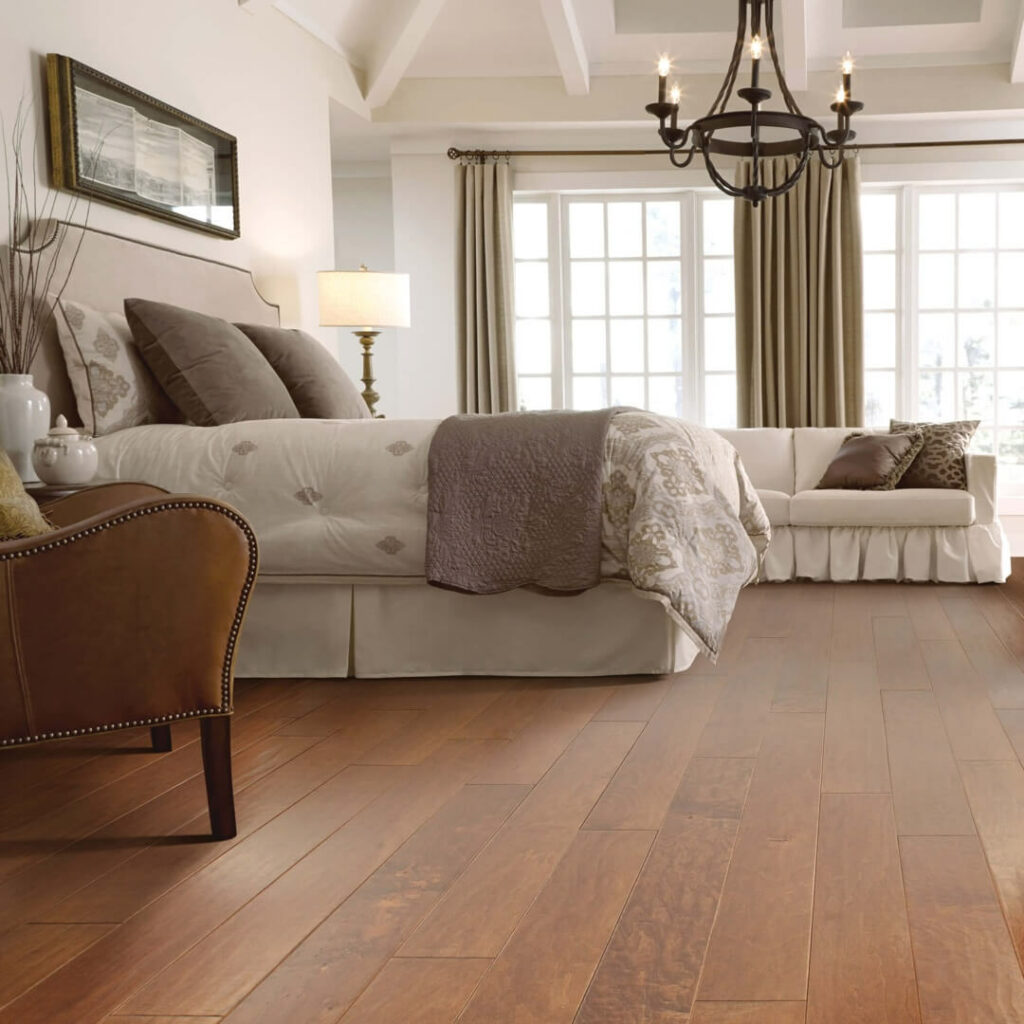Blog
Kid-Friendly Flooring: Safety, Style, and Cleanability
From first steps to snack-time spills, from non-stop art projects to muddy cleats by the door, your floors endure every stage of your family’s growth.They take on the noise, the play, the routines, and the occasional chaos that comes with raising kids.That level of activity means your flooring needs to…
Read More2026 Flooring Trends That Bring Warmth and Style to Your Home
Flooring has always influenced the atmosphere of a home, often serving as the quiet backdrop that supports your overall style. That idea is changing as more people use flooring as a central design feature that shapes the ambience of each room.This shift aligns with a broader move toward interiors that…
Read MoreHow to Pair Kitchen Flooring with Cabinetry and Countertops
Your kitchen feels most inviting when every element works in harmony.The flooring, cabinetry, and countertops each bring their own texture and color, but together they define how the space feels—open or cozy, bold or calm, modern or classic.The goal is balance. You need enough contrast to create interest, yet enough…
Read MoreThe Perfect Flooring for Modern Rustic Style
There’s nothing like a home that feels deeply comforting, where every corner invites you to relax.At the same time, you can balance that warmth with refined elegance. The modern rustic aesthetic blends the clean, open lines of minimalism with the natural textures and character of farmhouse-inspired design.It’s a look that…
Read MoreFlooring That Works with Changing Décor
It’s exciting to update your home, to pick the latest wall color, switch out a sofa, or find new furniture that matches your current style. But while these elements are fun to change every few years, your flooring is the single element in the room that will likely outlast all…
Read MoreA Room-by-Room Guide to Pet-Friendly Flooring
Pets bring so much joy to our lives. From wagging tails that greet you at the door to cozy evenings curled up together, they are truly part of the family. At the same time, paws, claws, and the occasional accident can be tough on certain floors. Choosing the right surface…
Read MoreYour Entryway: Flooring That Makes a First Impression
Whether it’s a formal foyer or a well-used mudroom, your entryway is one of the most important spaces in your home. It welcomes your family and guests while setting the tone for your home. It also sees a lot of use and wear and tear. From rainboots and muddy paw…
Read MoreThe Truth About Waterproof Floors: What to Know Before You Buy
Finding flooring that can handle daily life and still look great should be a top priority. Whether you have a busy household, a home with pets, or a room prone to moisture, you need a floor that can stand up to the challenge. Waterproof flooring, such as luxury vinyl, sheet…
Read MoreLife-Proof Floors: The Best Options for High-Traffic and Active Households
Life gets busy—and messy. From muddy footprints to scattered toys, pet claws to kitchen spills, daily life puts your surfaces to the test. That’s why choosing floors built for busy households is important. It’s about creating a home that supports your lifestyle and holds up to the pace of everyday…
Read MoreHardwood Styles That Never Go Out of Fashion
Flooring sets the foundation for your entire home. But unlike other elements, such as paint, furniture, or décor, your flooring is not something you’ll change often. That’s why it’s worth choosing a material that can go the distance—not just in durability, but in style. Hardwood is one of the few…
Read More
